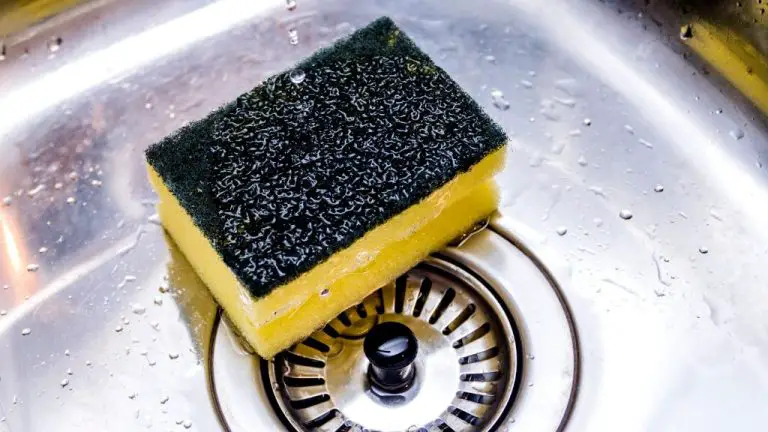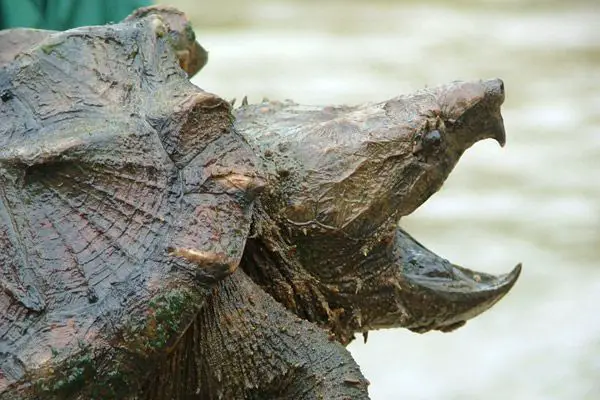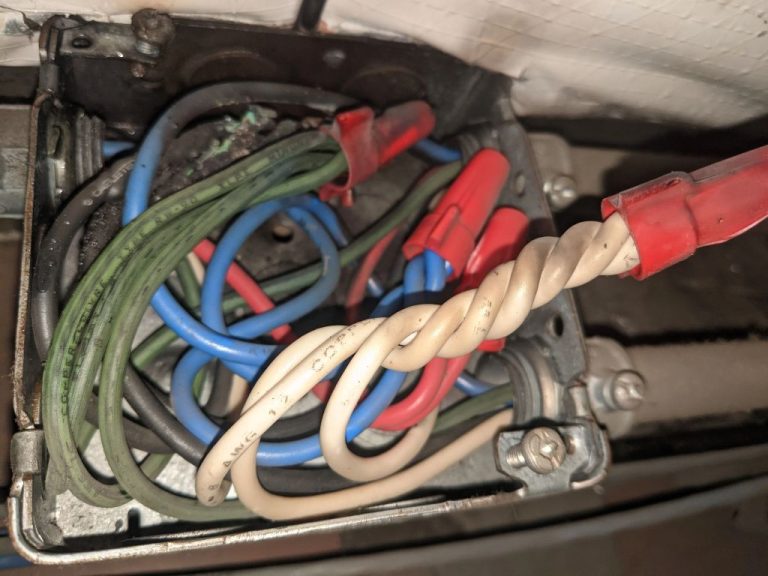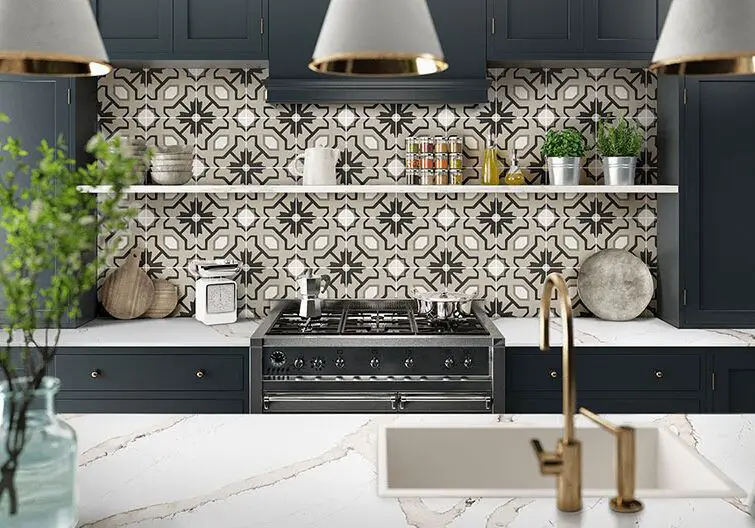How Can I Measure 1 Cup Of Water Without A Measuring Cup?
The goal of this article is to provide methods for measuring 1 cup of water without using a standard measuring cup. Having the ability to measure ingredients accurately is an essential cooking skill. However, there are times when you may want to measure out a cup of water but don’t have a measuring cup handy. This article will explore household items that can substitute for a measuring cup, providing easy techniques for measuring approximately 1 cup of liquid using things commonly found around the home.
Common Household Items to Use
There are many common household items that can be used to measure 1 cup of water without an actual measuring cup. Here are some options:
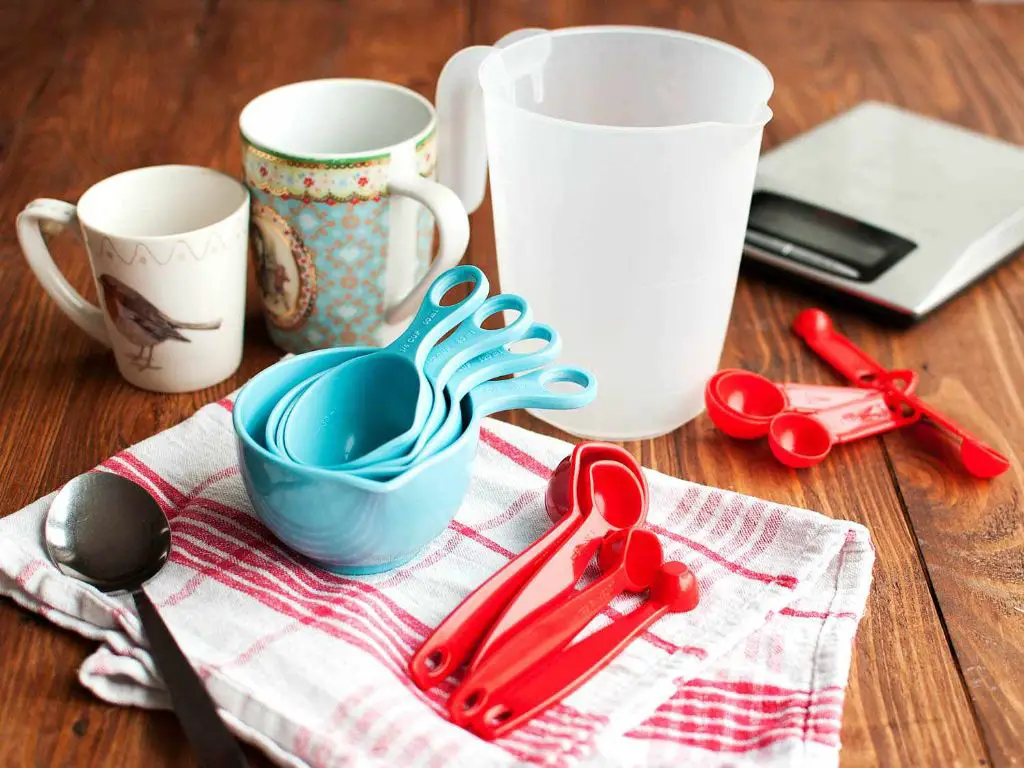
- Regular drinking cups or mugs – The average mug holds about 8-12 oz or 1-1.5 cups. Fill the cup halfway to measure 1 cup.
- Tablespoons – Use 16 tablespoons, which equals 1 cup. Make sure to fill the spoons fully.
- Water bottles – A standard 20 oz bottle equals 2.5 cups. Fill the bottle 1/5 of the way to measure 1 cup.
- Cereal bowls or small prep bowls – Use a 1-2 cup size bowl and fill it. The capacity will be close to 1 cup.
- Food containers like yogurt or cottage cheese tubs – Find a 1 cup size container and fill it.
The key is to use a vessel you know or can estimate the capacity of, then portion out 1 cup from it. Avoid irregularly shaped containers where you can’t judge the volume well. Stick to standard sized household containers and fill to the right level.
Using a Regular Cup or Mug
You can use a regular cup, mug, or drinking glass to measure 1 cup of water quite easily. Start by filling your cup, mug, or glass to the very top with water. Make sure the water is level with the rim and not overflowing or spilled. Once it’s filled to the very top, use a permanent marker, piece of tape, or sticker to mark the water line on the inside of the cup. This line indicates the 1 cup measurement. Empty out the water and you now have a measuring cup! Be sure to use the same cup, mug or glass each time for accuracy.
To measure 1 cup, simply fill your marked container to the line. The water should fill up right to, but not over, the marked line you made. Using an ordinary cup or mug this way provides a convenient measuring cup option when you don’t have an actual measuring cup handy. Just be sure to mark the cup clearly and use the same one repeatedly for consistent results when measuring out a cup of water or other liquids.
Using Tablespoons
One easy way to measure 1 cup of water without an actual measuring cup is to use tablespoons. This is because there is an exact conversion between cups, tablespoons and teaspoons:
1 cup = 48 teaspoons = 16 tablespoons
So to measure 1 cup of water using tablespoons, you would need 16 tablespoons. Most spoons hold around 1 tablespoon of liquid. So you can simply count out 16 spoonfuls of water to equal 1 cup.
The benefit of using tablespoons over teaspoons is that you likely have larger spoons readily available in your kitchen. Tablespoons require less precision and fewer total spoonfuls to measure a cup. Just be sure your spoons truly hold about 1 tablespoon each for the most accuracy.
For confirmation, see this cups to tablespoons converter: https://www.gigacalculator.com/converters/convert-cups-to-tbsp.php
Using Handfuls
If you don’t have measuring cups handy, you can use your hands to estimate amounts. A handful is generally considered to be about 1/2 cup. According to research from SIUE, a cupped hand holds about 1/2 cup of ingredients like flour or rice https://www.siue.edu/campus-recreation/facilities/EstimatingPortionSizesUsingYourHands.pdf.
When grabbing a handful of an ingredient, loosely cup your dominant hand and fill it up. Then transfer the handful to an actual 1/2 cup measuring cup to check your accuracy. With some practice, you’ll get better at estimating a 1/2 cup handful.
Keep in mind that handfuls work best for dry ingredients like grains, nuts, seeds, and powders. Liquids and oils will slip through your fingers, making a handful method unreliable.
Using Water Bottles
Water bottles come in many different sizes, from small 8 oz bottles to large 1 liter bottles. Here are some common water bottle sizes that are equal to about 1 cup (240 ml):
12 oz bottle – This size contains about 1 1/2 cups of liquid. If filled half way, it would equal 1 cup.1
16 oz bottle – Filled halfway, an 8 oz serving size water bottle contains right around 1 cup of liquid.2
20 oz bottle – Three-quarters full comes to approximately 1 cup of liquid.3
Look at the size markings on your water bottle to determine the halfway point or three-quarters full size. This will give you a good estimate of 1 cup of water.
Using Food Packaging
Many common food packages can be used to measure out approximately 1 cup of water. Here are some examples:
- Small single-serve yogurt cups or applesauce cups, which are typically around 6 ounces or 3/4 cup.
- Single-serve food pouches for baby food, oatmeal packets, or pureed fruit pouches, which often contain around 4-6 ounces or 1/2 to 3/4 cup.
- Small fruit cups or pudding snacks that are about 5-6 ounces or around 2/3 to 3/4 cup.
- Mini M&M’s tubes, which usually hold exactly 1 cup.
- The small round plastic containers in cereal variety packs, holding about 1 cup.
For a close approximation to 1 cup, look for food packaging in the 5-8 ounce range. Remember that slight over or under-pouring may occur with freehand measuring. For best accuracy, use a package where you can pour the contents out, level off the top, and then transfer into your needed cup measure.
Using Household Objects
You can use common household objects to estimate a 1 cup measurement if you don’t have measuring cups handy. Here are some examples of household objects that are close to 1 cup in volume:
- Tennis ball – The average tennis ball is about 3/4 cup in volume. So fill a container with water until a tennis ball fits inside with a bit of room left over.
- Baseball – A baseball is just slightly bigger than a tennis ball, so it will be a little over 3/4 cup in volume. A baseball is another handy object for estimating a 1 cup measurement.
- Computer mouse – Your average computer mouse, without the wire, is about 1/2 cup in volume. So two computer mice worth of water will equal approximately 1 cup.
- Orange – A medium orange is around 1 cup in volume. Fill a container with water until an orange fits snugly inside.
While not exact, using common household objects can help you approximate a 1 cup amount when you are missing measuring cups. Always remember to adjust tasting as you go since these visual estimations won’t be perfectly accurate.
Using Craft Supplies
Craft supplies like beads, gems, and other small decorative items often come packaged in tiny plastic containers or scoops that can be repurposed to measure water. For example, a teaspoon-sized container used for beads could be filled up to accurately measure 1 tablespoon of water. Similarly, a tablespoon-sized scoop included in a craft kit could be used to portion out 3 tablespoons or 1⁄4 cup of water. Empty glitter shakers, powder bottles, and other craft materials likely lying around the house may have measurements marked on them that correspond to common liquid measures. A 1-ounce bottle from a glitter kit equals 2 tablespoons, while a .25 ounce container equates to 1 1⁄2 teaspoons. Even unlabeled containers can be handy for guesstimating amounts. Simply fill, pour into an actual measuring cup, and adjust as needed. Craft supplies provide a range of possibilities for improvising liquid measurements in a pinch.
Conclusion
In conclusion, there are many creative ways to measure 1 cup of water without an actual measuring cup. The key is to improvise with common household items. Mugs, spoons, water bottles, food packaging, and craft supplies can all be repurposed to estimate a 1 cup measurement. While these methods may not be as precise as using a true measuring cup, they allow you to be flexible and cook even without the proper kitchen tools. The most important thing is letting your creativity flow to make substitutions with what you have on hand. Don’t let a lack of measuring cups limit your cooking – with some improvisation, you can still follow most recipes and whip up something delicious.


